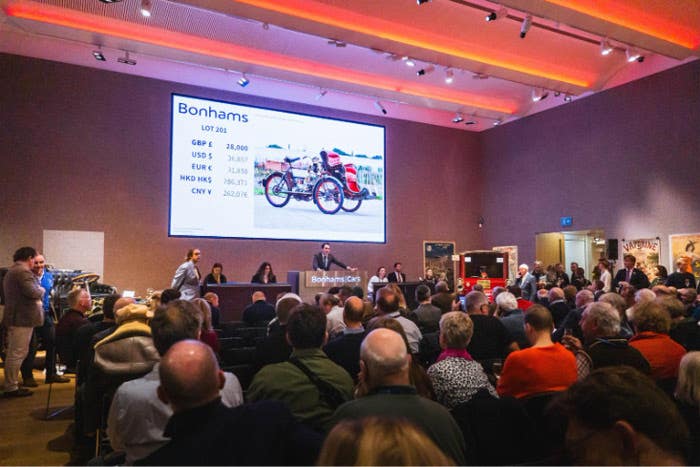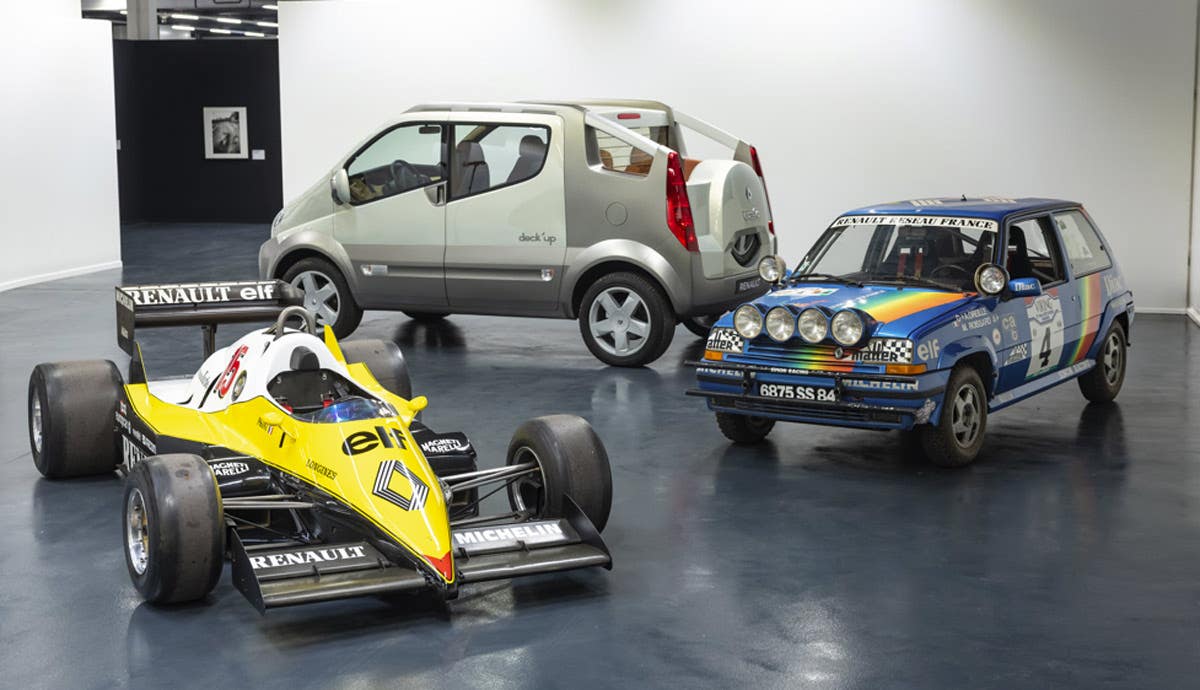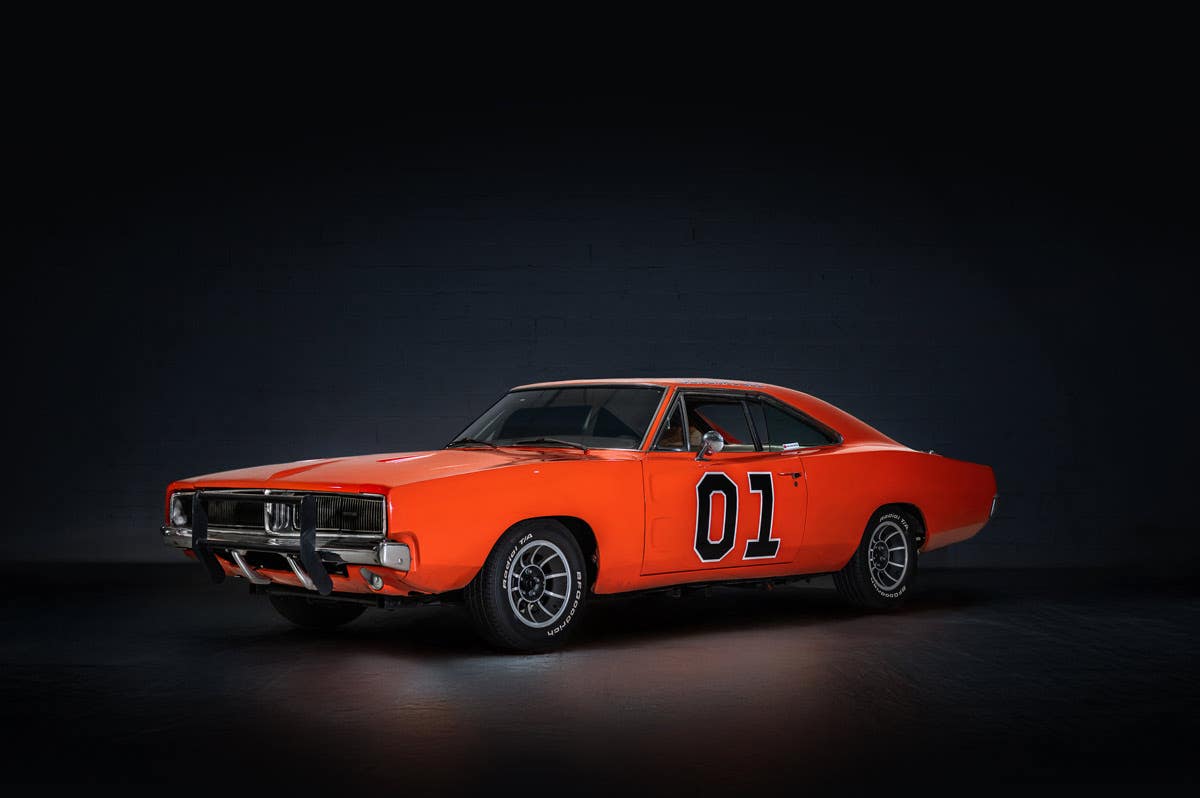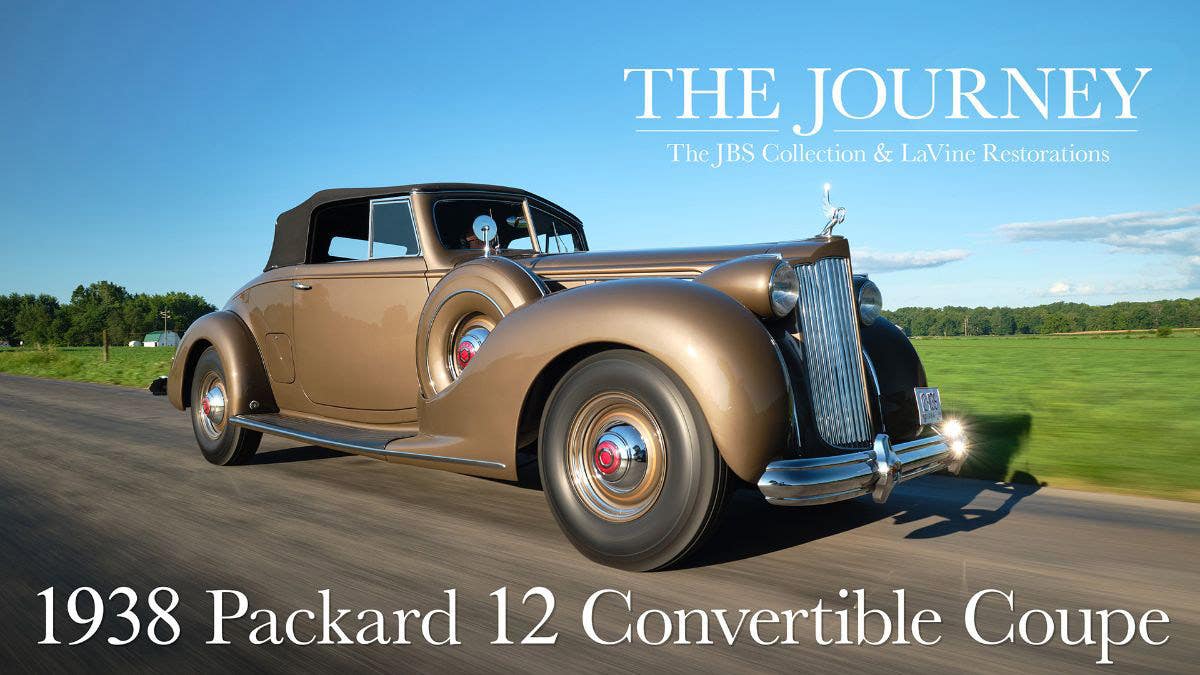Finishing floors
Everyone dreams of dragging a long-stored, one-owner car out of a barn, especially if the car is an early fastback Mustang. Regardless of the make of barn find, nearly all of them have one thing in common: they need floor pans. The floor pan replacement finishing method that follows is not just for Mustangs, but nearly every vehicle with a steel floor.
How to produce a factory finish after installing floor pans
By Angelo Van Bogart
Everyone dreams of dragging a long-stored, one-owner car out of a barn, especially if the car is an early fastback Mustang. Regardless of the make of barn find, nearly all of them have one thing in common: they need floor pans.
Such was the case with Gary Anderson’s 1965 Ford Mustang fastback with a 289-cid V-8. The one-owner car was found near his home with just 30,000 miles on its odometer, but those 30,000 miles were acquired in Wisconsin, one of the harshest places on sheet metal in the United States.
The floor pan replacement finishing method that follows is not just for Mustangs, but nearly every vehicle with a steel floor. The work shown here was undertaken by Kevin Dombrowski of Townsend Auto Body. We caught up with Dombrowski after he butt-welded new front and rear floor pans between the Mustang’s original transmission and driveshaft tunnel and inner rocker panels.
To eliminate the roughness of the butt weld, a handheld die grinder with a 36-grit sanding disc was used to smooth the butt weld on the top and bottom of the floor pans. The die grinder sanded over the welds carefully to avoid burning through the weld or surrounding metal. Once the welds were as smooth as possible without jeopardizing their integrity, the areas of the floor that remained original were also blasted to eliminate any paint and surface rust until the entire floor pan was exposed in bare metal. At this point, epoxy sealer was applied to protect the bare metal.
Many shops stop the body work when the welds are ground and then primer the area, following with paint. For a show finish, the steps to finishing floors match the steps to finishing the exterior body panels, such as the fenders and door, with the application of body filler over the welds. To minimize the amount of filler required to complete the job and simplify the effort required to work the filler, it was sparingly applied. In this instance, the filler covered the weld on the top and bottom side of the floor pans about an inch on each side of the weld.
Sanding the filler requires different methods, depending on the topography of the metal. For areas with curves, corners and bends, foam blocks with 36-grit sand paper are first used to flatten the filler; for flat areas, a dual-action (DA) sander quickly blends the filler to the level of the surrounding metal. 36-grit sandpaper will leave scratches, so after most of the excess material is sanded away, a finer 80-grit, followed by 180-grit sandpaper, will eliminate the scratches left in the filler.
With the sanding complete, the area was covered with paint. In this case, epoxy sealer was sprayed over the entire floor. For a factory look and to prevent moisture from entering seams where metal meets in the floor, a sealer was applied over each seam on the top and bottom of the floor pans.
To cleanly apply the sealer, painting tape was placed parallel to each seam about 1/2- to 3/8- inch out from each seam. In this project, 3M panel bond was then brushed over the seams with a standard paint brush to replicate the factory seam sealer.
While the 3M panel bond was still wet, the tape was removed to leave a clean edge to the sealant. If the 3M panel bond is too thick or lands in places where it should not be, it can be sanded with 220-grit sandpaper once it is dry.
At this point, the floor can be prepared for paint. Many restorers choose the factory finish at this point, whether it be red-oxide primer, body-color paint or another finish. Others simply spray the bottom of the floor black.
In this case, the owner chose to apply a black bedliner material as used in truck beds to finish the bottom surface of the floors.
The bedliner material can be colored, and many restorers apply colored bedliner material to replicate an original finish (inner areas of Amphicars, under-hood areas of many American cars, etc.).
Regardless of the covering, the floor had to be wiped down with wax and grease remover so the surface finish properly bonded.
Spreading the seam sealer with a brush. Note tape on each side of the seam to direct its application. While the seam sealer is wet, the tape will be peeled off to create a straight edge.Since the bedliner material is thick and textured and difficult to remove, special care was taken to tape and cover areas where it was not intended to cover. To apply the bedliner material, a standard spray gun with a special coarse tip specifically for spraying bedliner material was employed. Since the bedliner material must be sprayed with high pressure, it is very messy and gets everywhere. However, once it dried, the bedliner material resisted chips and scratches, making it a wear-resistant choice for a car restored to be driven, such as this Mustang fastback.
More info
Townsend Auto Body
801 Redfield St.
Waupaca, WI 54981
715-258-7941








